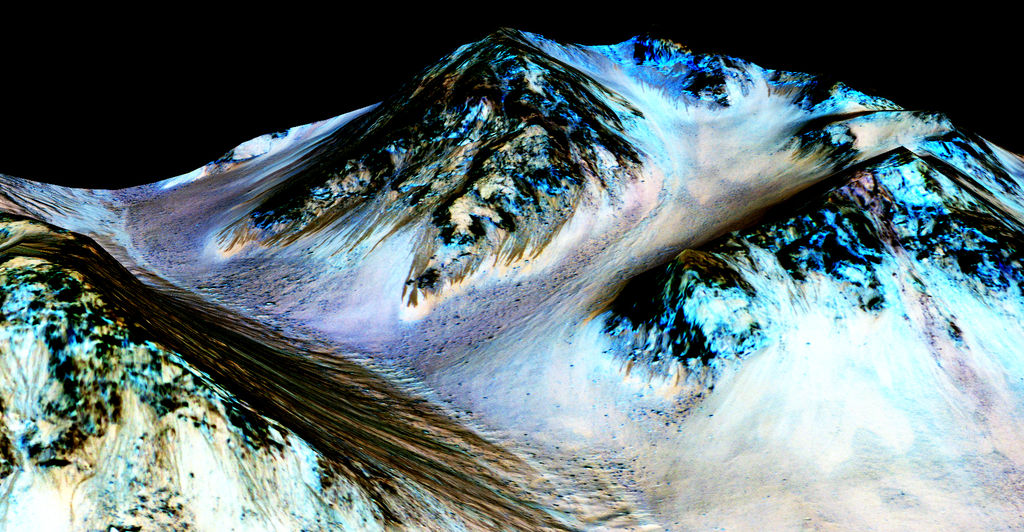The deep-caved trenches found on the surface of Mars have been attributed to the flowing rivers on the planet. But now, that theory has been disproved, and those gullies show no evidence of alteration by water.

Scientists at Johns Hopkins University have studied images of the gullies taken by NASA’s Mars Reconnaissance Orbiter. Initially, no evidence suggested the trenches weren’t imprinted by ancient flowing rivers.
Then, the researchers overlaid color composition scans onto existing photographs in the hope of getting a glimpse of some mineral deposits and clay left behind by the water. However, after examining the photos, the most recent deposits they could find were small quantities left behind billions of years ago. In sum, there were no signs of flowing rivers at all.
But that doesn’t mean that liquid water doesn’t flow in streams on Mars. We’ve seen it move across the planet’s surface with the changing of the season. What it does mean is that there’s evidence to back up a study conducted earlier this year that suggested water quantities on Mars were much sparser than we thought.
In that recent study, the researchers overestimated the amount of water flowing to Mars due to a single missed fact. It wasn’t until this year that we knew the flowing water on Mars also boils on the surface, making it appear to be deeper and more turbulent than in reality. While there’s enough water to flow on the planet today, it’s not sufficient to produce these deep flowing rivers that would be required to sculpt out these gullies.
So that leaves the outstanding question: what did dig out those deep trenches? Researchers suspect the force that dug them out may have simply been a carbon dioxide frost freezing and thawing over and over again across millions of years. The next step is to confirm that speculation.
Advertisement
Learn more about Electronic Products Magazine





